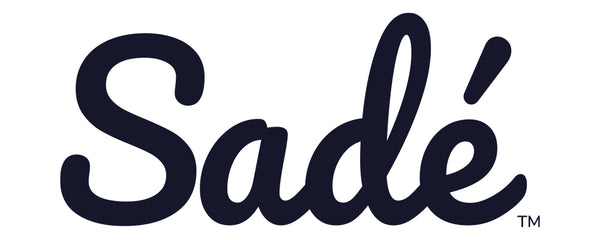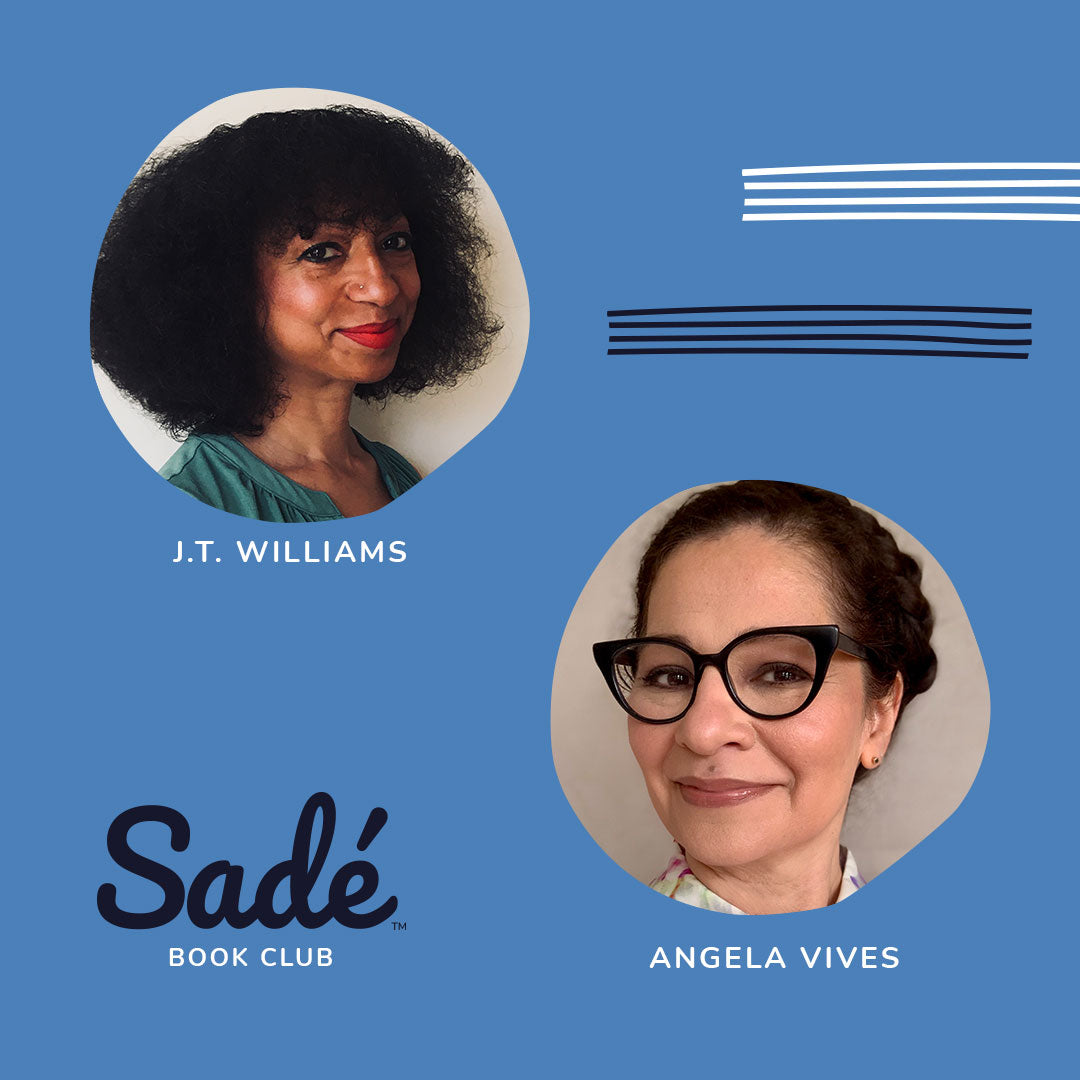Uncover the Insights Behind 'Bright Stars, Black British History' with Author J.T. Williams and Illustrator Angela Vives.

Bright Stars, Black British History, is a brilliant guide presenting the extraordinary life stories of fourteen bright stars from Black British history, from Tudor England to modern Britain. Can you tell us the journey of writing this book?
J.T: History fascinates me! I grew up in Britain with Sierra Leonean and English heritage and was always curious about the history of Black people in Britain. People of African descent have lived in Britain for many centuries and have influenced the course of history in powerful and exciting ways.
When I became a mother and a teacher, I realised that there were just not enough books about Black British history, or about Black British people, especially for young readers. So I decided to do something about that. I was determined to share the amazing discoveries I had made through my research over the years.
Writing each chapter felt like spending time with the person I was writing about, whether it was Sarah Forbes Bonetta, the young Yoruba girl who became a protégée of Queen Victoria, or Claudia Jones, the political journalist who introduced Trinidadian carnival to Britain.
I immersed myself in a deep research process: I read books, pored over photographs and paintings, listened to music, visited museums and galleries, walked streets these people had walked. While making extraordinary discoveries about their lives, I reflected on the experiences that shaped their decisions. Each unique life story I wrote was an inspirational journey.
Our recent issue is out now! All about gaming and filled with interviews, activities and book reviews. Grab a copy here!
Bright Stars, Black British History features iconic individuals, including freedom fighter Mary Prince and Notting Hill Carnival founder Claudia Jones. What was the inspiration behind the illustrations?
Angela: The inspiration behind the illustrations perhaps originated during my Master's program, as I discovered the potential that non-fiction children's literature and, specifically, picture book biographies have to emphasise the intricate stories of people. I wanted to immerse myself in the lives of these remarkable 14 individuals to highlight their lives, achievements, and contributions to our history.
The primary goal was to create a place. A never-seen-on-the-page world for them, a visual narrative that positioned them at the forefront of their own stories. To achieve this, they took a meticulous approach over a long period, selecting a distinct color palette for each of the 14 personalities.
Every biography has a different border, serving as a vehicle for incorporating symbolism and enriching the visual storytelling elements. I found immense pleasure in the decorative details of crafting this book, delving into visual research of the historical periods they lived in. This exploration informed elements like architecture, interior design, and costumes, contributing to the overall aesthetic and historical authenticity of the project.
I hope the result is a collection of illustrations representing these 14 Bright Stars’ remarkable journeys within the broader historical context.

What mediums do you create your work in?
Angela: I alternate between working with traditional and digital methods. During the designing phase, I extensively sketched on paper while daydreaming, letting my imagination wander. As this is a non-fiction book, I grounded my creative process through thorough visual research of the historical periods involved by visiting museums, looking at books and the internet, and studying the visual references given by the editorial team. The chosen sketches get selected and scanned into procreate. I print my sketches on a Fabriano 200-gsm paper, where I apply paint directly.
I use gouache or pigments with a gouache binder to uncover the colour. Then, the painted sketches undergo high-res scanning, and I add details, such as facial features, back into Procreate. Finally, I moved the illustrations to Photoshop, ensuring they fit the design's page layout, the file meets the printing standards,
and the whole page spread flows nicely. I also ran a last colour correction.
It's time-consuming, but it suits my process. I find it challenging to work exclusively inside digital platforms; there's an absolute satisfaction in drawing and painting with traditional materials that I can't replicate digitally.
What was an early experience where you learned that language had power?
J.T: What a brilliant question! My most powerful writing experiences began when I started a diary at the age of ten. I wrote down not just what I did, or what happened to me each day, but how I felt about it. Describing the world in my own words became my power. Writing down my deepest thoughts helped me to deal with my worries, with difficult situations like fallouts with friends. But it was also a way to express joy and excitement about the things I loved, the books I read, the music I listened to.
I’ve solved many problems by reading over my diaries. It’s like having a conversation with your own thoughts, working out your ideas about life and the world. To this day I still write a diary. That’s where I draft all my early ideas. I highly recommend it!
How did you develop your own illustration style?
Angela: This is my debut book as an illustrator, and each day brings new lessons and opportunities for growth. My illustration style has developed since I finished
my MA in children's book illustration in 2020. Still, I am conscientiously working to maintain a distinctly human touch in my drawings with visible brushstrokes and using pigments to convey uniqueness and a personal touch. While drawn to a muted colour palette, my appreciation for the three bright primary colours adds a vibrant contrast, surely reflecting my Colombian heritage!
Whatever project I am in, I will continue to emphasise that there's a human
behind each drawing, embracing the handcrafted aspect of illustration.

What do you hope young readers will take away from this book?
J.T: We can learn so much from people who lived before us. When I looked closely at these people’s lives, I could see that their journeys started in childhood, that they were already showing signs of what they would go on to achieve, of who they would become.
Mary Seacole, a pioneer of medicine and an adventurous traveller, actually began practising her nursing skills on dolls and pets when she was a young girl in Kingston. Walter Tull started playing football for his orphanage team to find solace from having been separated from his brother. We are never too young to start making a difference! Take Una Marson, the Jamaican journalist, poet and playwright. She started writing poetry as a young girl and founded her own feminist magazine, The Cosmopolitan, in her early twenties. And this was almost a hundred years ago - what an inspiring woman!
We have a saying in the world of Black history education: ‘Each one, teach one’.
I hope that readers will feel they have ‘met’ some inspirational people, and have learnt some fascinating and important history. Pass these stories on, share them, tell them in your own words, write your own versions. Who will you write about?

What are you currently reading?
Angela: There is a massive pile of books that looks at me every morning. I am a slow reader, a teacher, an artist, and a busy mum of two teenagers and two cats. On top of the pile is Toni Morrison's Sula, which was given as a Christmas present by my dear author and friend JT Williams. Sula gives me great pleasure. It's less than 200 pages, so I am about to finish it. And I want to hang onto every word Morrison writes; she speaks about the complexities of human relationships, community and the impact of our choices.
I am also reading Professional Learning for Artist Teachers, edited by Rachael Payne, which explores the intersection between being an artist and a teacher. It is theoretical but has many practical examples. Written by a handful of incredible humans and experts in their fields, it's an engaging guide to anyone who is an artist and a teacher.
J.T: Since my girlhood, I have always loved reading. I teach Creative Writing at a university and I still read every day. Right now I am reading African American folktales collected and retold by Zora Neale Hurston, a brilliant writer who came to prominence during the Harlem Renaissance, a flourishing of Black culture in the 1920s. Zora was sassy and smart, witty and wise. She believed strongly in the power of storytelling to keep a culture alive. She is a true inspiration.
Read our Recitatif book review here
About the author
J.T. Williams is an author and educator specialising in Black British history. She has a Master’s in Creative Writing from Royal Holloway University. Her debut children’s book, Lizzie and Belle: Drama and Danger was shortlisted for Foyle's Children's Book of the Year 2022 and for the Waterstones Children's Book Prize 2023.
About the illustrator
Angela Vives is an award-winning illustrator with an MA in children’s book illustration from Anglia Ruskin University, Cambridge, UK. In 2020 she won the Picture Hooks Winter Comforts competition. She was shortlisted for the Cheltenham Illustration Awards 2019, and longlisted for the World Illustration Awards 2020.
With the Writer Spotlight Series, we create a positive image for young girls to refer to by having conversations with different writers and illustrators.

